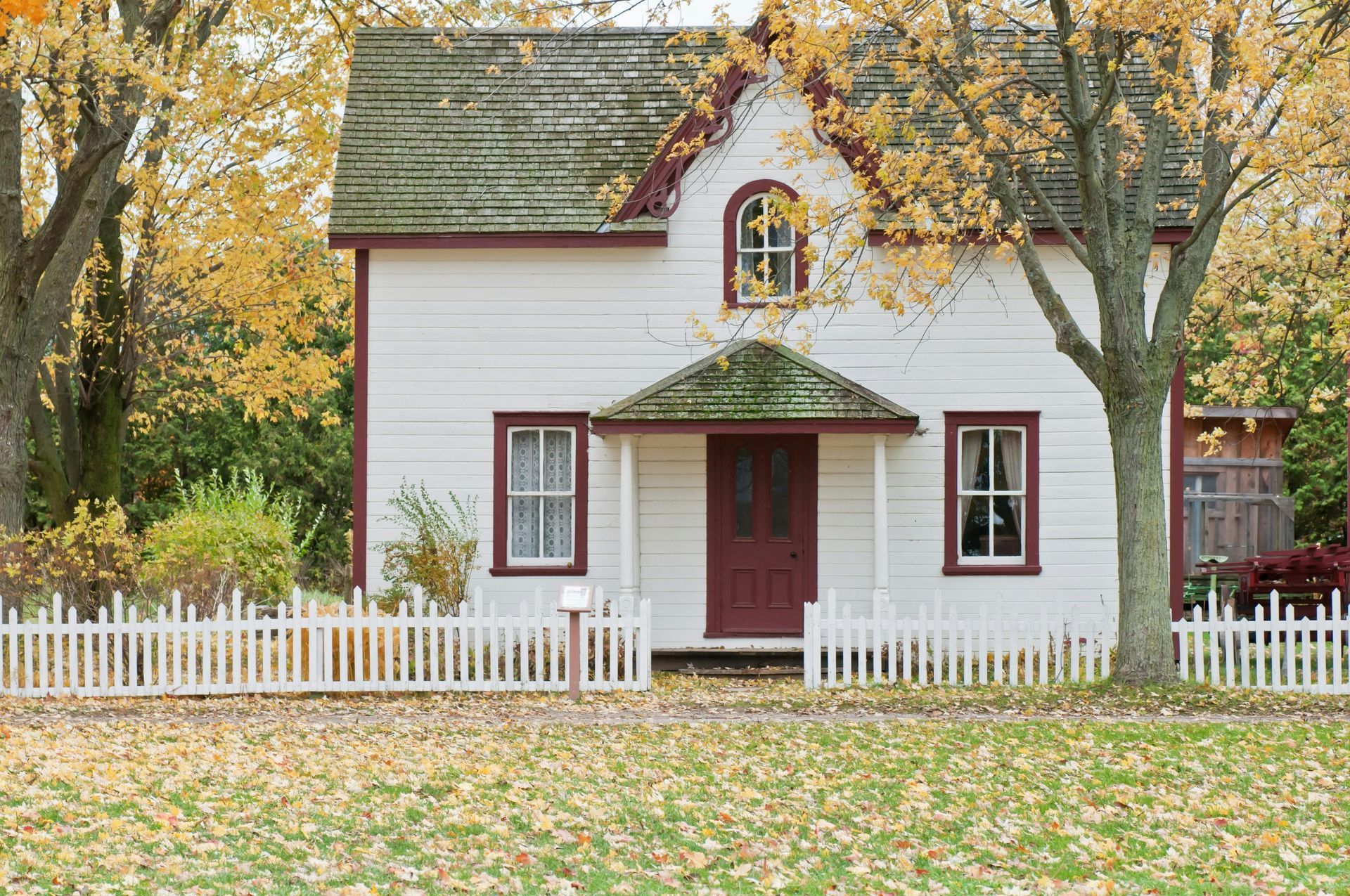If you are a first time home buyer or even a repeat buyer, you quickly realize that real estate has a language all its own. Understanding some of the lingo can help you navigate the process a little easier. By learning a few critical terms, you will be in a better position to ask the right questions and make the best decisions.
- Buyer’s Market – A real estate climate where the number of listings outnumber qualified buyers.
- Seller’s Market – A real estate climate when there are very few desirable properties listed for sale.
- Contingencies – Specific conditions included in an offer to protect the buyer against unexpected situations, such as inspection, loan approval, and appraisal value.
- Earnest Money – Money deposited when the offer is accepted. Subject to any contingencies, this money protects the seller from a buyer who simply changes her mind.
- Escrow Agent – A neutral 3rd party who manages the paperwork in a state where attorneys are not used to conclude the contract.
- Closing Costs – Fees that must be paid by both buyers to conclude the sale.
- Conforming Loan – A conforming loan is a loan limit by which the loan can be sold on the secondary market; a jumbo loan is one which is higher than this limit.
- PMI – PMI, private mortgage insurance is a fee paid by the borrower of a loan that they obtained with less than a 20% down payment.
These are just a few of the common terms used in real estate. If you are involved in a real estate transaction, learning a bit of the common lingo will help you understand the process better and make your home sale or purchase a smooth one.
Show More


